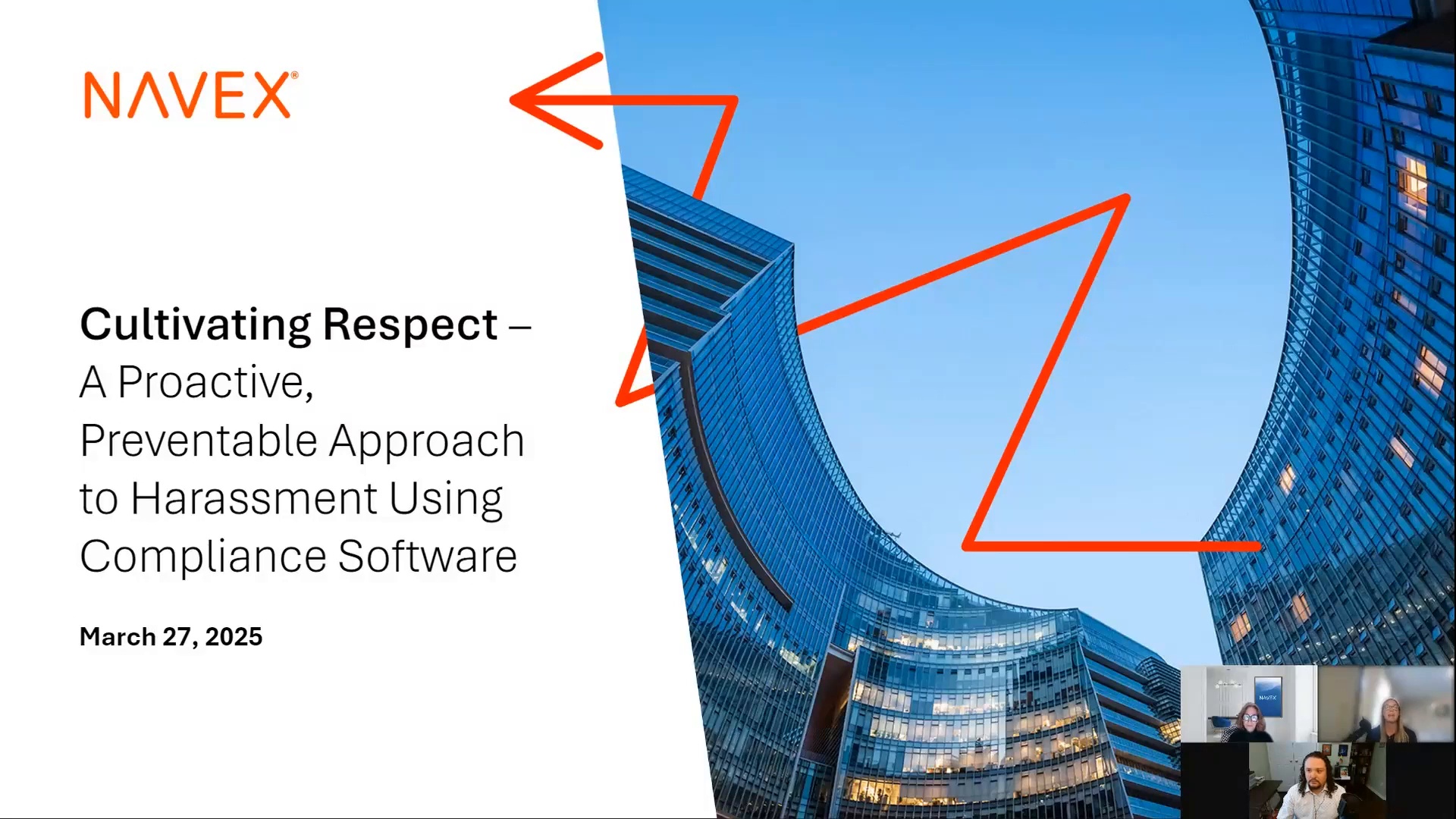At a time when workers in many industries have significant leverage to leave for another organization, the pressure is on for small-to-medium-sized businesses to find ways to retain workers that will outshine their large-enterprise competitors.
At first glance, it may seem a daunting challenge for smaller organizations with fewer resources to compete for workers in the same arena as their larger peers. The era of remote work due to COVID-19 only further dramatized this dynamic, as more workers than ever before have a superficially static workplace in the form of their laptop.
Yet research shows that organizational culture and values are the strongest drivers of employee engagement, resulting in a surprisingly level playing field between companies large and small for attracting and retaining workers. Strong employee engagement also creates value beyond retention, as more engaged workers are a stronger driver of positive business outcomes.
These interplaying dynamics add up to a strong value proposition for any investment that improves employee engagement, with special value for smaller organizations where a given expenditure might represent a greater share of overall budget.
An effective ethics and compliance program – a strong statement to employees of an organization’s values – is among the investments that have a direct impact on driving a committed and engaged workforce, according to NAVEX research and other data.
Profitability Through Employee Engagement
Anecdotal accounts abound that support the correlation between employee engagement and profitability, but a study by Gallup found organizations with an engaged workforce were a full 21 percent more profitable than organizations without. Findings published by the Society for Human Resource Management (SHRM) also supported that disengaged employees were more likely to leave their roles – more than half of 1,200 entry-level employees aged 17 to 24 said they planned to leave their job in less than a year, and not surprisingly, only 25 percent overall said they were highly satisfied with their jobs.
These trends show that employee engagement is a clear business asset, and according to additional research cited by SHRM, there are six organization-wide cultural values that have the strongest positive impact on engagement. As it turns out, a longstanding body of NAVEX research shows that E&C services such as a secure mechanism to report misconduct directly support positive cultural results in several of SHRM’s engagement categories.
Ethics & Compliance – The Cornerstone of Workplace Culture
The first of those engagement-driving cultural elements, according to SHRM, is that leaders in the organization are committed to making it a great place to work. As outlined in the NAVEX Definitive Guide to Incident Management, the launch of a new incident management program is a powerful opportunity for leaders at the very top of the organization to make a statement about company values.
This top-level messaging and buy-in goes all the way to the CEO and board of directors – as outlined in the guide, “Showing support from top leadership establishes a ‘tone from the top’ early in the process.”
Consistent follow-up messaging related to the organization’s E&C program demonstrates to employees that these top-level values are more than lip service, which builds confidence in the level of commitment among leadership – and thus, engagement.
Additionally, organizations where workers trust leadership to make the right decisions also have more engaged employees, according to SHRM. NAVEX survey data have shown that this is another area where robust E&C programs have a positive impact, as organizations that report better maturity also report a greater level of trust for leadership. The level of trust increases along with the reported level of E&C maturity, creating an incentive for organizations to invest in improving their programs that includes the payoff of better employee engagement.
SHRM also reported that belief in an organization’s future success, understanding of a worker’s role in contributing to those plans, leadership’s high value on people, and investments in employee success had strong impact on employee engagement.
From Small Business to Enterprise Organizations E&C Programs are Critical
Of course, a strong E&C program, with components such as hotline and incident management mechanisms, training and policy management tools, directly addresses risks of noncompliance and misconduct. Small-to-medium-sized organizations must be in compliance with any relevant regulations just as their large-enterprise competitors do.
Yet for risk and compliance managers at smaller organizations looking to invest in those tools, the related benefits to employee engagement are a powerful return-on-investment story at a time when many workers hold substantial leverage to jump ship. E&C helps drive engagement, which helps drive retention, and crucially, also drives revenue.
If you want to further understand your program’s maturity, click here for a free E&C program maturity assessment.

